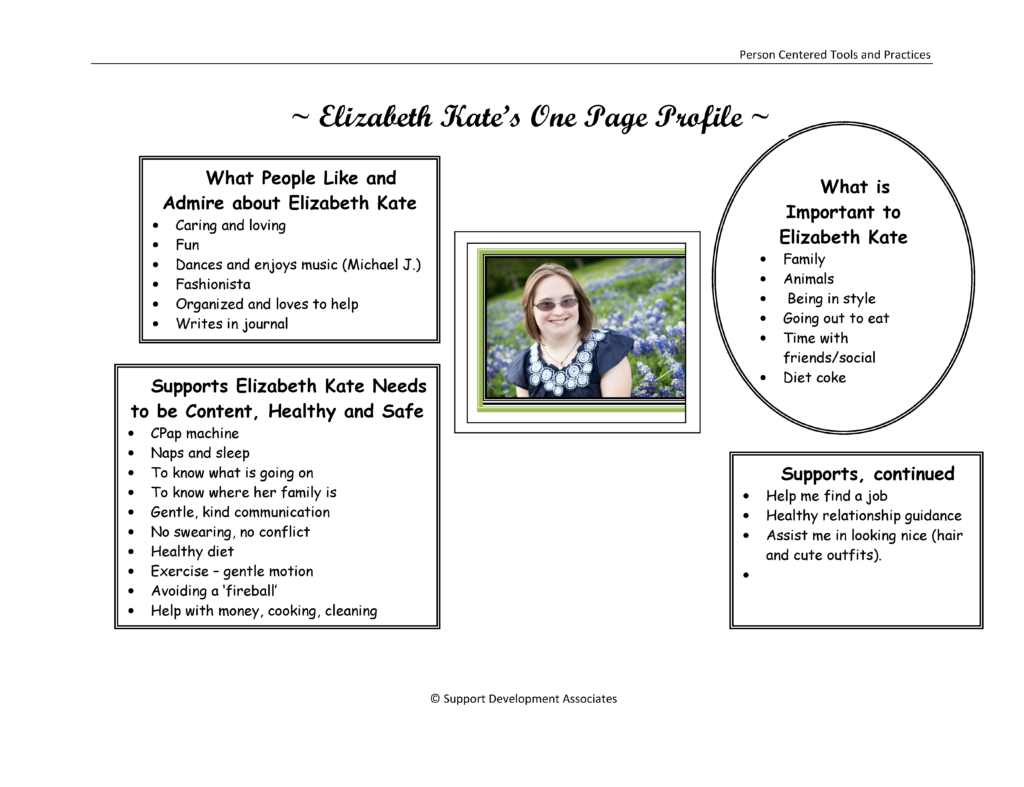Let’s talk about the Kentucky Career Lattice. As you see, the Career Lattice has five levels: one, two, three, four and five. There’s also an additional Directors and Administrators credential that you could choose to apply for.
We’re going to start with level one. If you have a high school diploma or the Commonwealth Child Care Credential, that would put you at a level one on the Career Lattice. If you’re not familiar with it, the Commonwealth Child Care Credential is a credential that is 60 clock hours and issued by the Department of Child Care, and it is specific to Kentucky. So other states would not necessarily recognize this credential, but in Kentucky it would show that you have at least 60 clock hours of education in early childhood.
Moving on to level two. Level two on the Career Lattice is for those who have a Child Development Associate’s credential; you’ll hear it called the CDA. With the CDA, you actually do 120 clock hours of education. You also create a professional portfolio. A professional development specialist will come and watch you teach and debrief with you using a Reflective Dialog Worksheet that’s found in the CDA Competencies and Standards book. There’s also a multiple-choice test that you have to go to a Pearson Vue testing center to take.
There are a number of online programs that you can utilize to obtain your CDA coursework, and there are opportunities to obtain scholarships towards courses taken from specific training organizations and college based programs in Kentucky. Contact the PD Coach in your region for more information.
The CDA, Child Development Associate Credential, is a nationally recognized credential. So if you’re in Kentucky and you’re not sure you’re going to stay here long term, that national credential would be a great thing for you to have, because when you move to another state, you could say, hey, I have the CDA. Visit the CDA Council’s website for more information about CDA requirements and programs.
Moving on, Level three in the Kentucky Career Lattice is for those who have an Associate’s specifically in early childhood, a Bachelor’s in a related field and 1 year full time experience, or a Bachelor’s in an unrelated field and 10 years experience. So, for example, a related field would be maybe you have a bachelor’s in social work or elementary education, and you’ve spent time in an early childhood classroom. Or maybe for that unrelated field, you have a music degree, but you ended up working in child care centers for ten years. That would put you at that level three. So the level you qualify for on the career lattice, it really has to do with both your education and your experience.
Our next level, Level four, is for those who have a Bachelor’s degree, specifically in early childhood or a Bachelor’s in a related field with 3 hours in child development and one year in the classroom, or a Bachelor’s in an unrelated field, at least the equivalent of 3 hours in child development and ten years of full time experience. So those are the three different ways you can qualify for that level four.
The bachelor’s in early childhood automatically qualifies you. If you have [a degree in] a related field, again, like psychology or social work or elementary education, and you have the equivalent of a three hour course in child development in one year of experience, then you qualify for level four. Or, like we mentioned earlier, our example from earlier was if you had a bachelor’s in music, you did 3 hours [of coursework] in child development and had ten years of experience, that would let you qualify for level four. So what moves you from level three to level four is that 3 hours in child development, level five.
To qualify for level five, there is you have to have a master’s in early childhood or a master’s in a related field with 3 hours of child development and a year of experience, or a master’s in an unrelated field, plus 3 hours in child development and ten years of full time experience. So to move up to a level five, you have to have a master’s degree. That’s the main difference between levels four and five.
Now, why does all of this matter? Why do these levels matter? The more education you have as a teacher, we talked about the importance of professional development, the more you have to offer your students. If your center participates in the quality system, then having staff at higher levels helps centers qualify for a higher quality rating.
The more education you have, you may also open up more opportunities for yourself as a teacher. As you have more education, you’re able to move, say, from a level one just starting out. Maybe as an assistant teacher, you might get an associate’s or a bachelor’s and move up to a lead teacher position. You could become an assistant director or a curriculum specialist as you have more education or do technical assistance with a bachelor’s or a master’s degree.
So the more education you have A) the better experience you can offer to the children you work with in whatever your context and B), the more opportunities you open up for yourself as an early childhood professional.
There’s one more thing on the career lattice, and that is the director and administrator certificate that is separate from the levels but part of the career lattice. This is a specific Director’s Credential that you can obtain. Normally, there are courses you take through the community college system. In Kentucky, it’s four courses and two are waived if you have the CDA.
There’s also an apprenticeship program that’s a path to a Director Certificate. You can go to the governor’s Office of Early Childhood to check that out.
Or there’s an administrator certificate with 3 hours in child development and five years of full time experience.
And just because I’m a training coach, I have to mention it’s not on the overall career lattice here, but if you are interested in offering professional development to your peers, if you’re an expert in an area and want to help them get their required hours, then you might want to look into getting a Trainers Credential.
If you are interested in doing that, then do contact the Training Coach in your region and they can talk to you about that whole process. The Trainers credential has a separate but similar leveling system for the levels of training you might offer based on your education and experience.
Next, you’re going to read about some of the scholarship opportunities that are available if you would like to move up the Career Lattice.










